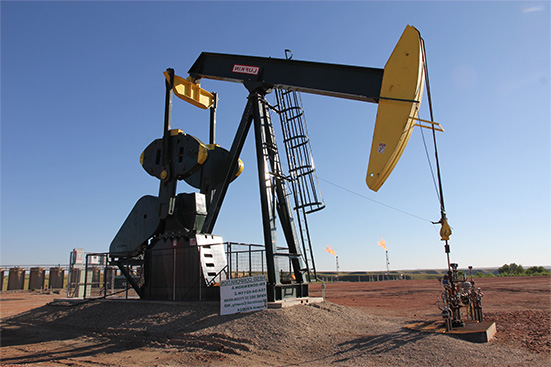
No other industry allows for unique tax benefits such as the oil and gas exploration industry. In fact, the energy industry enjoys some of the most lucrative advantages available in the United States tax code. This is why sophisticated investors who are on the lookout for portfolio diversification that offers robust tax advantages turn to oil and gas investments.
Below is a brief introduction to the key tax benefits that are available for direct oil and gas investments.
1. Intangible Drilling Costs Deduction (IDC)
Intangible drilling costs (IDC) refer to non-recoverable expenses. They are labor-intensive expenditures related to expenses that you cannot resell like fuel, labor, hauling, chemicals, etc. Intangible drilling costs make up approximately 60 to 80 percent of the well cost and they are eligible to be 100 percent deductible in the year in which they occurred.
For example, if you make a $50,000 investment with 80 percent IDC, you could choose to deduct $40,000 against your income tax bill for that year. Even if the well does not begin drilling until March 31 of the following year, IDC deductions become available during the year the money gets invested.
2. Tangible Drilling Costs Deduction (TDC)
Investment dollars that are allocated for any asset you could sell in the future, such as equipment, are referred to as Tangible Drilling Costs. Drilling equipment for oil and gas like pump jacks, casing, and wellheads are considered TDCs. They typically make up around 20 percent of the expenses – and yes, they are 100 percent tax-deductible. TDCs are capitalized and depreciated over a 7-year period.
3. Depletion Allowance
The 1990 Tax Act allows investors to enjoy 15 percent tax-free depletion allowance against production revenue. Similar to a depreciation expense in the real estate industry, the depletion allowance provides continuing tax benefits even after the first year. Since the wells produce less each year, the depletion allowance allows an investor to shelter some of the income from the sale.
contact dw energy
Want to learn more about oil & gas investing? Our expert team can provide you with more information or schedule a consultation to talk about diversifying your investment portfolio.

4. Lease Operating Expense
Generally, lease operating expenses are deductible during the same year it was incurred. This covers the direct, recurring costs involved in well operation. It also covers the costs of re-work or re-entry of an existing producing well.
Given its crucial role in powering the country’s economy, energy production is a national strategic priority. A quick read at the direct oil and gas investment benefits enumerated above shows that the tax advantages generated by direct investment in oil and gas could be substantial. Aside from reducing the tax burden, an investor can have the satisfaction of knowing that they are doing their part in helping support domestic energy independence.
Contact dw energy
Sources:
“The Tax Break-Down: Intangible Drilling Costs,” Committee for a Responsible Federal Budget, http://www.crfb.org/blogs/tax-break-down-intangible-drilling-costs
“Oil: A Big Investment with Big Tax Breaks,” Investopedia, https://www.investopedia.com/articles/07/oil-tax-break.asp
“Petroleum and Ethanol Fuels: Tax Incentives and Related GAO Work,” GovInfo, https://www.govinfo.gov/content/pkg/GAOREPORTS-RCED-00-301R/html/GAOREPORTS-RCED-00-301R.htm
“The ABCs of LOEs,” Deep Drilling Insights, http://www.deepdrillinginsights.com/uploads/2/4/1/6/24164368/the_abcs_of_loes__web_version_.pdf
